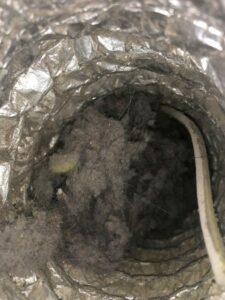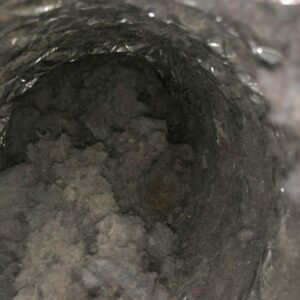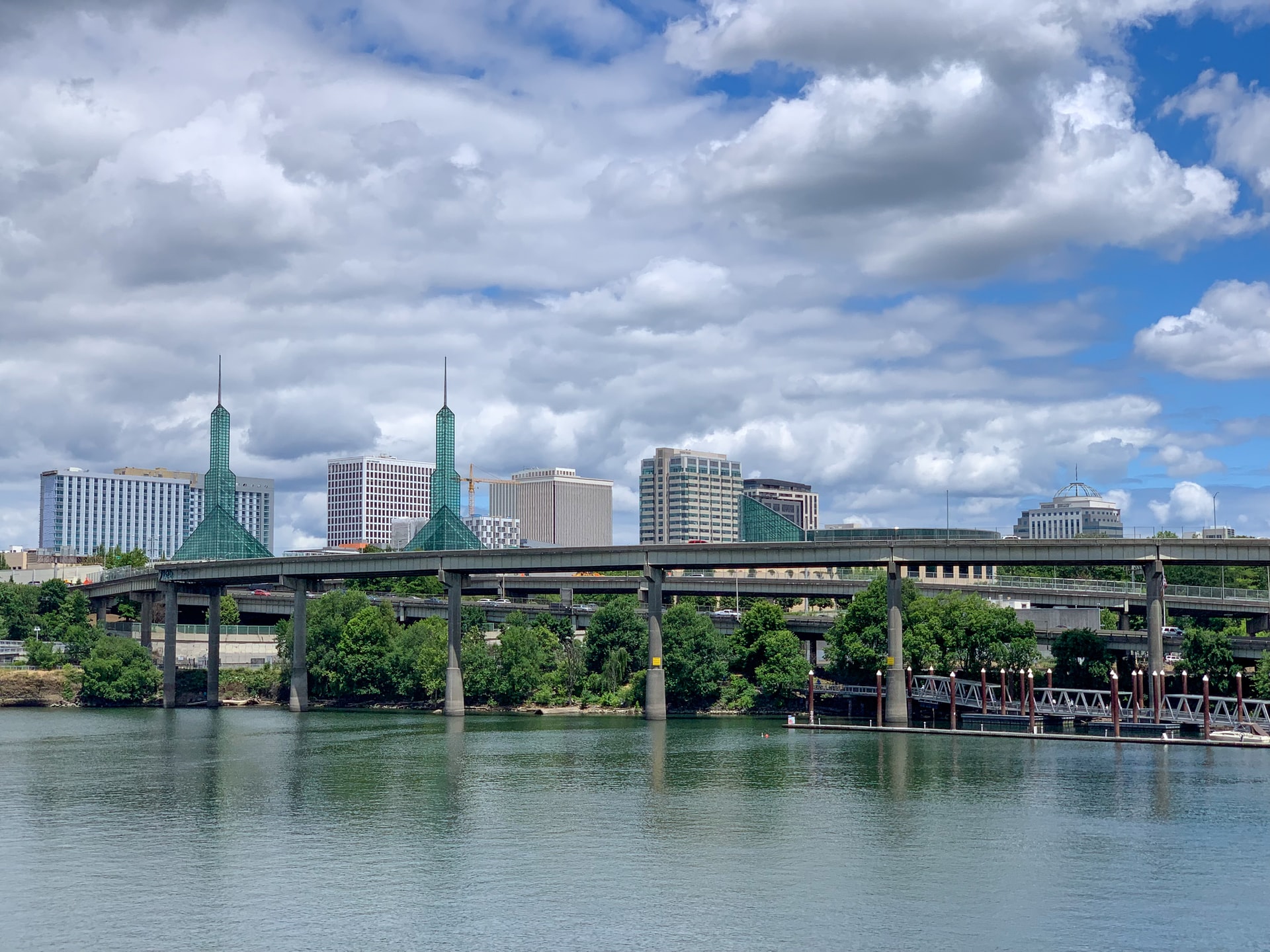The Hidden Dangers of Neglecting Dryer Vent Cleaning: A Pacific Northwest Perspective
In the damp and often chilly climate of the Pacific Northwest, keeping our homes warm and cozy is essential. From Bellingham to Portland, humidity is a significant factor that can lead to blockages in your dryer ducts. While we rely on appliances like dryers to maintain comfort in our homes, many homeowners overlook a critical aspect of dryer upkeep: cleaning the dryer vents. Ignoring this task can result in serious safety hazards, especially in regions like ours where moisture is a constant presence.
The Dangers of Ignoring Dryer Vent Cleaning
Over time, lint, dust, and other debris can accumulate in dryer vents. In the Pacific Northwest, where the air is more humid, these materials can become damp and compacted, increasing the risk of blockages. When a dryer vent is clogged, the dryer must work harder to push hot air and moisture through the system. This not only reduces the dryer’s efficiency—leading to longer drying times and higher energy bills—but also creates a significant fire hazard.
According to the U.S. Fire Administration, clogged dryer vents are a leading cause of residential fires. The heat generated by the dryer can ignite the trapped lint, turning a routine chore into a potentially devastating fire. In early March, a fire that started in a Seattle home’s clothes dryer caused over $10,000 in damages, as documented by the City of Seattle. This is just one example of the thousands of dryer-related fires that occur each year.
For homes with gas dryers, a clogged vent can also pose a risk of carbon monoxide poisoning. A blocked vent prevents exhaust gases from being properly expelled, allowing this deadly gas to build up inside your home. Carbon monoxide is colorless and odorless, making it especially dangerous if not detected in time. Make sure your carbon monoxide detector is functioning properly. If you live in Seattle and don’t have one, you can click here to receive a free smoke and carbon monoxide alarm provided by the city.
The lush greenery of the PNW comes at the cost of constant rain and humidity. These conditions create an ideal environment for mold growth, and yes, mold can even develop in your dryer ducts. If your dryer vent is blocked, moisture from the drying process can become trapped inside, leading to damp conditions perfect for mold growth. Mold can cause respiratory issues, allergic reactions, and other health problems, particularly in individuals with existing respiratory conditions or weakened immune systems. For more information about mold contamination, click here to learn from the experts at the Oregon Health Authority.
Conclusion
In the Pacific Northwest, where the climate can lead to quicker buildup in dryer vents, regular professional cleaning is not just recommended—it’s essential. By staying proactive and scheduling regular cleanings, you can keep your dryer running efficiently, lower energy costs, and, most importantly, protect your home from the risk of fire and other dangers. Don’t let something as simple as lint jeopardize your safety; make dryer vent maintenance a priority.








